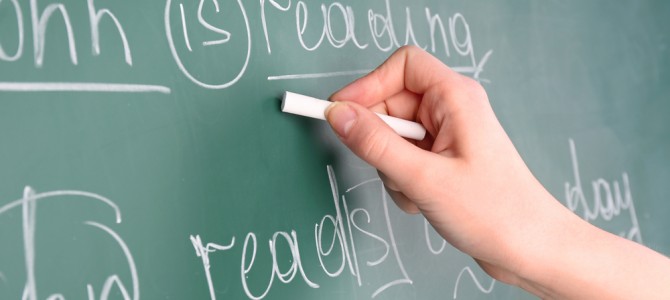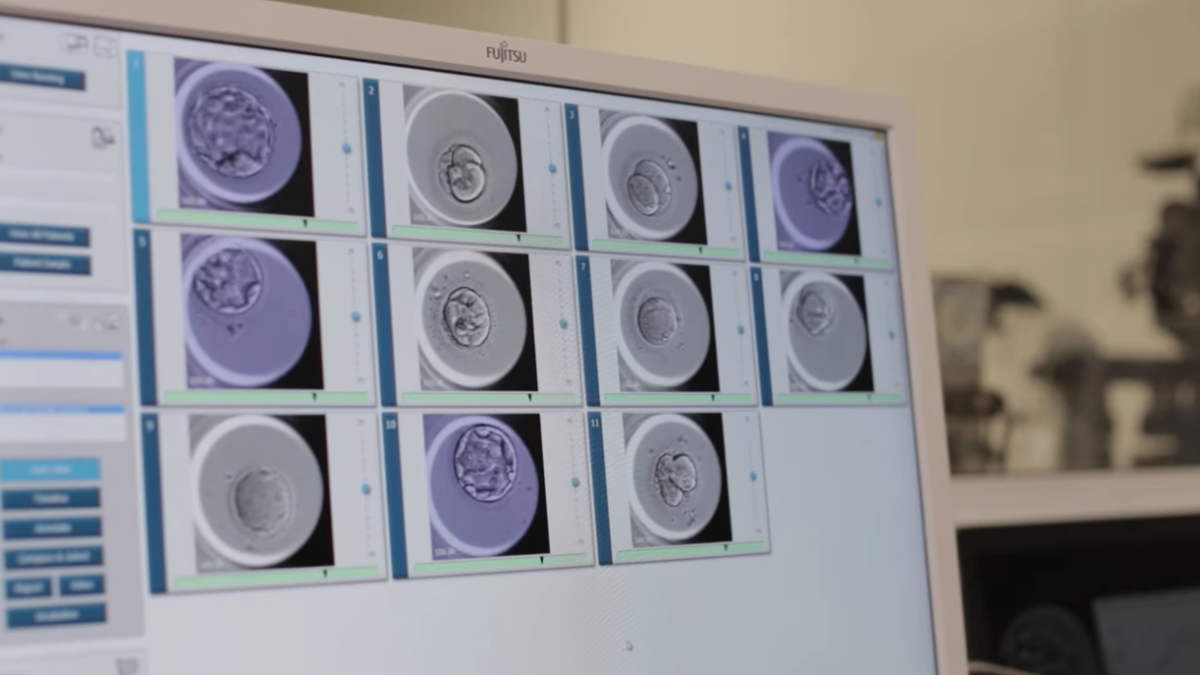
Common sense tells us that the harder you work at something, the better you will be at it. And science, once again, is finding support for what we thought to be true. In this case, a unique study finds that when our brain works harder to read or write something, the better we recall the information.
RMIT University in Australia has concluded that “When a piece of information is too easily and cleanly read, it can fail to engage our brains in the kind of deeper cognitive processing necessary for effective retention and recall.” Thus the introduction of Sans Forgetica, a typeface specifically designed to boost memory. Here’s a sample.



Sans Forgetica attempts to address what RMIT researchers refer to as a “somewhat ironic flaw of design. By disrupting the flow of individual letterforms, readers are subtly prompted to increase their focus on the text being communicated.” Basically, the more you must focus on a task, the better you are at it.
Research on reading, writing, and human memory isn’t new. Cuneiform—the first Sumerian writing system—emerged in Mesopotamia more than 5,000 years ago. Since that time, scholars have attempted to grasp how documented communication connects and affects human beings.
Neuroscientists, in particular, have attempted to understand the ways our brain encodes and recalls the things that we write and read, versus speak, hear, taste, touch, or smell. Or, more accurately, how all the senses work in tandem to remember and recall things that are written.
The Death of Writing by Hand
Because of that, a body of evidence has evolved in recent years about the decline of long-form writing, especially during meetings and classes. It has come to light that typing notes on a computer amplifies mindless transcription with a verbatim recording of what we hear. This means the brain does not process the information well because the encoding process of typing is more shallow than writing by hand.
A study published in Trends in Neuroscience and Education found that when children who had not yet learned to read or write were asked to trace, draw, or type a letter, the recall for the letter when viewed later in an MRI machine was different. Recognition was greatest for the letters that had been independently drawn because they activated three brain regions, more than either those who traced the letter or typed it.
In three distinct studies on young adults, college students who took manual notes in class (thus physically writing their thoughts with pen and paper and reframing them) performed significantly better when tested on conceptually based questions. What makes this even more interesting is that laptop note-takers, on average, take much lengthier and more robust notes than those who write in long-form on a notepad. But the Journal of Educational Psychology published results of a study that show, in less than 24 hours, the advantage of more text disappears. It really is about quality, not quantity, when it comes to performance.
The results of written note-taking studies suggest that the manual writing method itself may not necessarily improve or decrease recall. For example, the decline of cursive as a curriculum in elementary school has drawn attention (mostly criticism) in the last two decades. Yet, to date, there is not conclusive evidence that cursive is definitively better or worse than other forms of long-form writing by hand. Data on both sides does suggest that cursive writing may improve motor skills and processing, and that it may connect our senses in a way that improves recall for some.
Nevertheless, as our use of computers and printed type have increased, most new research has been in relation to the physical characteristics of text. Font type, spacing, and proportionality of lettering have been growing areas of focus. All are shown to affect recall of information. Most recently, Princeton University (on which the RMIT research was based) attempted to understand if harder to read fonts really do help us remember things. It appears that they do.
Word Variation and Recall
Whether it be words that are italicized, bolded, or missing parts of letters or words, “disfluency” of font appears to help your brain remember. The authors of “Fortune favors the bold (and the Italicized): effects of disfluency on educational outcomes” found that deeper processing occurs when more cognitive energy is needed to complete a task, and that includes reading. In both studies, it was concluded that material in hard-to-read fonts was better remembered than easier fonts, and that small changes to learning materials could yield differences in classrooms.
This is where Sans Forgetica comes into play. As the new font was released to the public, so too was a RMIT report–ironically not written in Sans Forgetica—demonstrating the work that went into crafting the new font. Importantly, both science and practicality were used as measurements for success.
The work included a threshold of difficulty called “desired difficulty” that optimizes learning and recall. It turns out that making things too easy reduces learning. This means it’s important to consider exactly how difficult comprehension should be, without being so difficult it defeats the purpose of learning.
As research continues, we will learn more about how the brain learns and processes words, whether you’re writing or reading. While Sans Forgetica might have a place for typing study materials and flashcards (or maybe your “Honey Do” list), it is hard to imagine that the font will translate to long-form writing, since learning a new way to write is beyond the goal of most individuals.
But it is certain that both how humans encode words and recall them can be influenced by using our senses. No matter which strategy you employ, make sure that you’re putting forth enough effort to do the task well.
Sans Forgetica can be downloaded for free as an OpenType file or as a Chrome extension.









